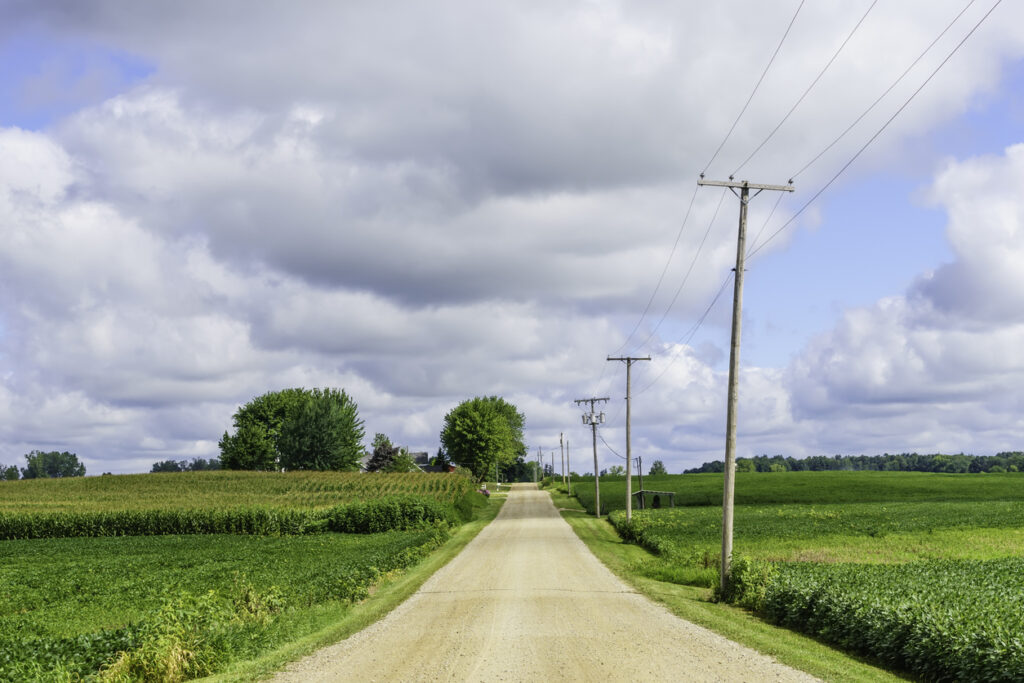
A ROUND 100 U.S. farm workers are electrocuted every year, marking a serious that’s ever-present. Agricultural employers should do all they can to protect their employees against this danger. Employers must be vigilant in maintaining electrical equipment, ensuring safe operations around electricity and training workers in how to avoid injuries or death.
Overhead power lines
Many types of farm equipment can come in contact with overhead power lines and need to be operated with care:
- Tractors with front-end loaders,
- Portable grain augers,
- Fold-up cultivators, and
- Equipment with antennas.
Anyone using a ladder or a cherry picker should always be cognizant of overhead power lines. Ask local utility company officials to determine line height in each area of the farm. Never measure line heights yourself. Try to maintain at least a 10-foot clearance between the power line and the top of any equipment that must travel under it.
Regular checks
Your personnel should regularly check electrical panels, lighting, equipment, wiring, connections and outlets. Remember that farms are exposed to the elements, have lots of critters and often standing or running water.
To avoid tragic accidents, monitor work that takes place around power lines and electrical equipment, and remember your checklists and safety precautions (see below).
Keeping Your Crew Safe
- Train your workers in the dangers of electricity and how to avoid injury.
- Apply decals to all equipment that may pose electrical hazards, and explain decals to those who work with the equipment.
- Inspect farm equipment for transport height and determine clearance with any power lines under which the equipment must pass.
- Use underground feeder (UF) electric cables.
- Make sure all control boxes, light fixtures, switches and receptacles are made of corrosion-resistant materials.
- Install watertight covers on receptacles and switches and over light bulbs.
- Locate the distribution panel away from severe environments. If a clean, dry area such as an office is not available, mount the distribution panel in the driest area possible. If outside, locate it under an awning.
- Run conductors through horizontal conduit and seal the conduit ends so moisture cannot enter the distribution panel. When conductors run from a warm, moist environment to a cold location, condensation can form and enter the distribution panel.
- Review the possibility of underground utility supplies for new or replacement power lines.
- Determine risks for potential electrical shock and restrict access to those areas.
- Check for wires that have been chewed by mice or covered in dust and spider webs. Repair all chewed wires and blow off any dust or webs with an air hose before energizing equipment.
- If you have coverings for your electrical wiring, check regularly for cracks and replace.
- Vapors from animal waste in confinement housing can corrode electrical components.
- If you are running electrical wiring in the field, make sure to cover it to protect against any contact with water. Schedule regular checks of all of your wiring to avoid a tragedy.
- Make sure that electrical equipment and wiring is far from any water and properly protected to avoid contact with water sources.
- Check wiring, connections and electrical motors on tractors, combines and trucks.
